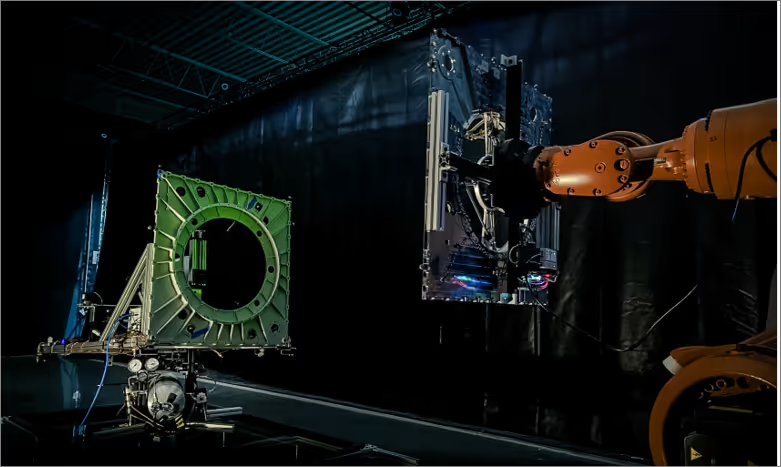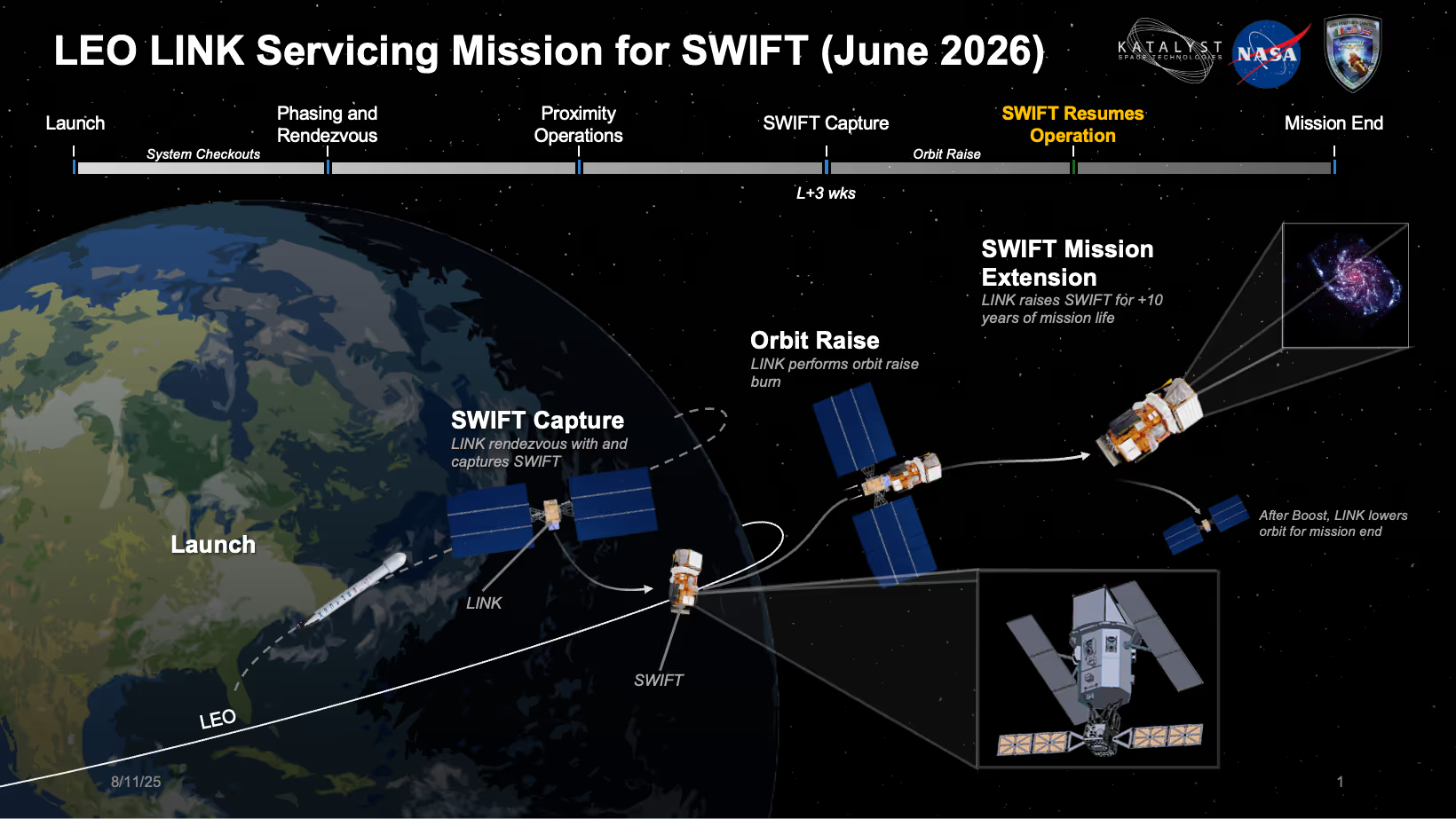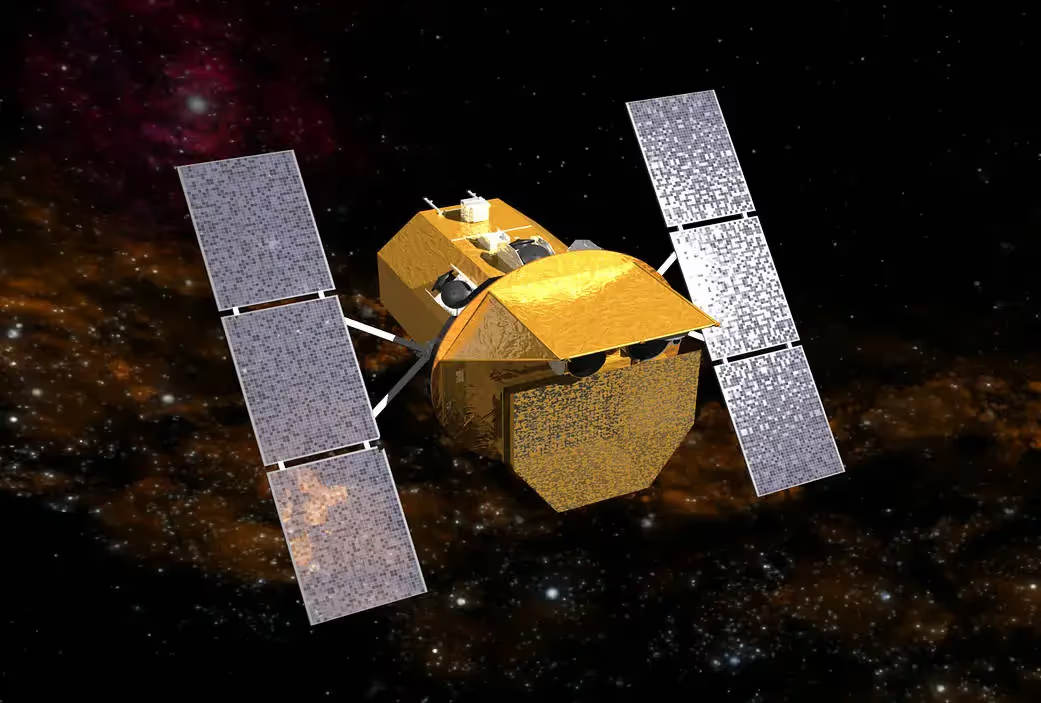First-of-its-kind mission would extend Swift Observatory’s life by years while proving the United States can rapidly dock with and service unprepared satellites.

FLAGSTAFF, Ariz. — August 11, 2025 — Katalyst Space Technologies announced it has been awarded a NASA Phase III Small Business Innovation Research (SBIR) contract to develop a concept for a responsive rendezvous mission to save the Neil Gehrels Swift Observatory, a $500 million space telescope currently at risk of uncontrolled deorbit by late 2026 due to atmospheric drag and orbital decay.

The proposed rescue mission, which would launch within 10 months, would mark the first time a commercial robotic spacecraft docks with an unprepared government satellite. Katalyst’s servicing spacecraft would rendezvous with Swift in June 2026, raise its orbit, and extend its operational life, preserving a critical resource of gamma-ray burst data for the scientific community.
"This is about saving a world-class science asset while proving the United States can execute rapid, on-orbit response," said Ghonhee Lee, CEO of Katalyst. "We’re demonstrating that when the need arises, we can go from identifying the problem to executing a robotic docking mission in less than a year."
A successful rescue would prove the U.S. can rapidly service spacecraft on operational timelines, opening the door to future missions that extend the life of both civil and defense assets.
Launched in 2004, Swift has no propulsion system and has seen its altitude drop from 600 km to 400 km. Without intervention, the telescope will re-enter the atmosphere and be lost. There is currently no planned replacement.

National Security Implications
Katalyst is also working with the U.S. Department of Defense (DoD) to leverage the Swift mission to showcase tactically responsive space (TacRS) and sustained space maneuver (SSM) capabilities. These are critical for national security in a competitive space domain, where China has already demonstrated similar on-orbit servicing abilities.
"Sustained space maneuver is crucial to our resilience and lethality through the mobility and endurance of our spacecraft," said Gen. Stephen Whiting, Commander of U.S. Space Command, at the Space & Missile Defense Symposium on August 5–7 in Huntsville, Ala.
Katalyst recently won the U.S. Space Command Sustained Space Maneuver Challenge and was awarded a $1.9M contract on May 29, 2025, underscoring its ability to develop rapid rendezvous, proximity operations, and docking (RPOD) technologies for both civil and defense applications.
For the Swift mission, Katalyst would use its robotic servicing spacecraft to phase, rendezvous, capture the unprepared telescope, and raise it back to a sustainable altitude so science operations can continue. The company is also developing a follow-on mission for geostationary (GEO) launching in 2027, with customers in both the DoD and commercial satellite communications sectors.

About Katalyst Space Technologies
Founded in 2020, Katalyst Space Technologies is building a fleet of autonomous robotic spacecraft to extend the life, enhance the capability, and reduce the cost of operating satellites in orbit. Headquartered in Flagstaff, Arizona, Katalyst works with commercial, civil, and defense partners to advance U.S. leadership in on-orbit servicing and space domain awareness.
Media Contact:
Sarah Bradley
Katalyst Space Technologies
(928) 707-2574
Sarah.Bradley@KatalystSpace.com


